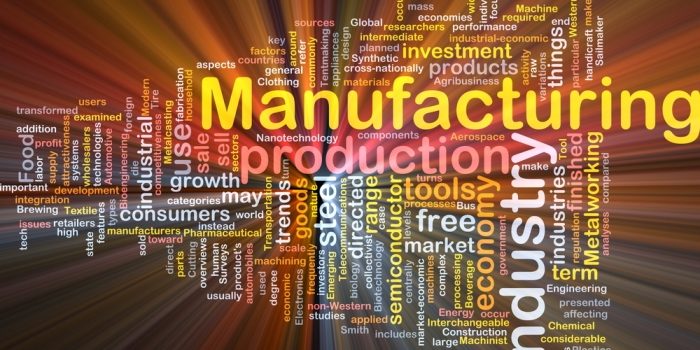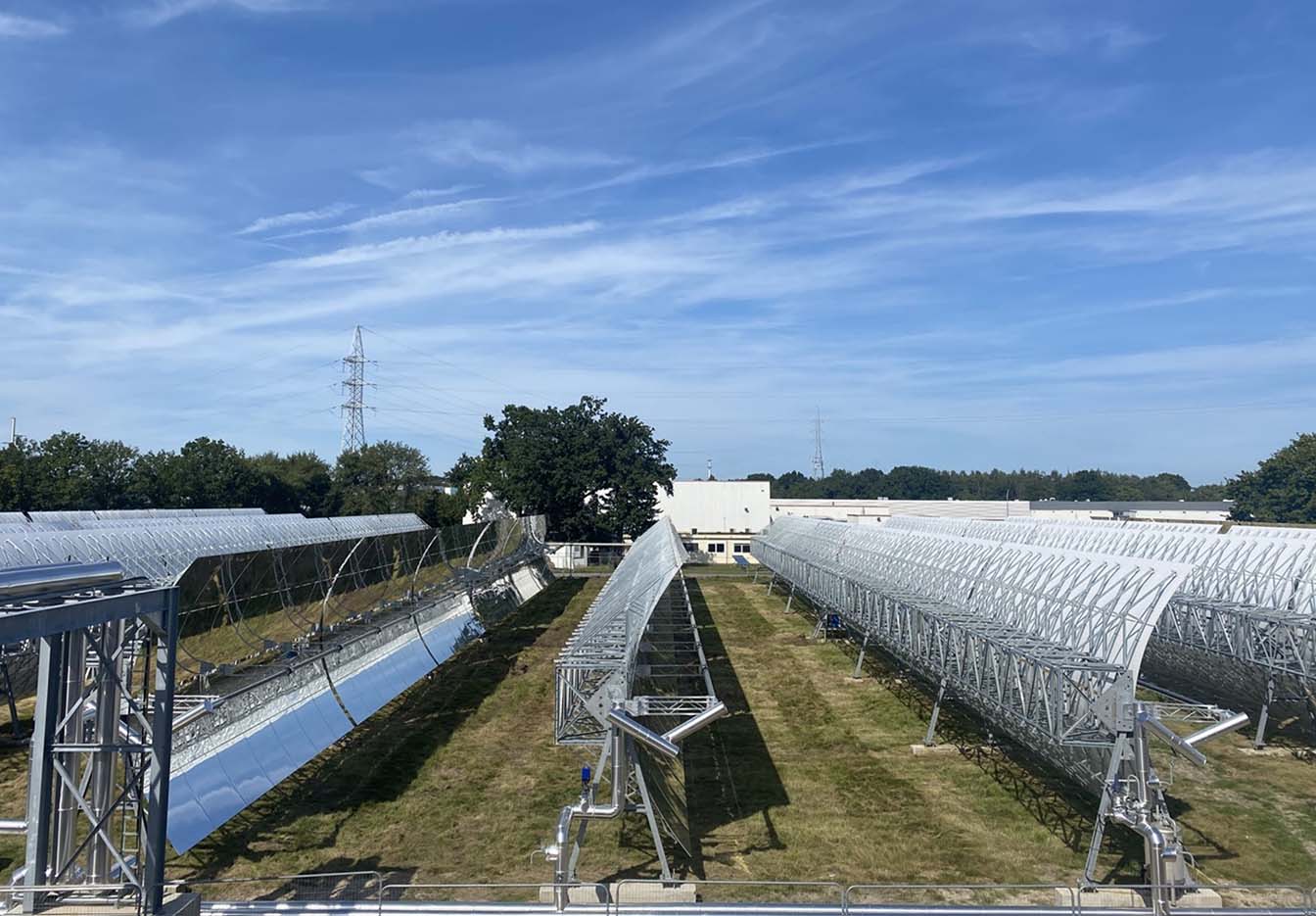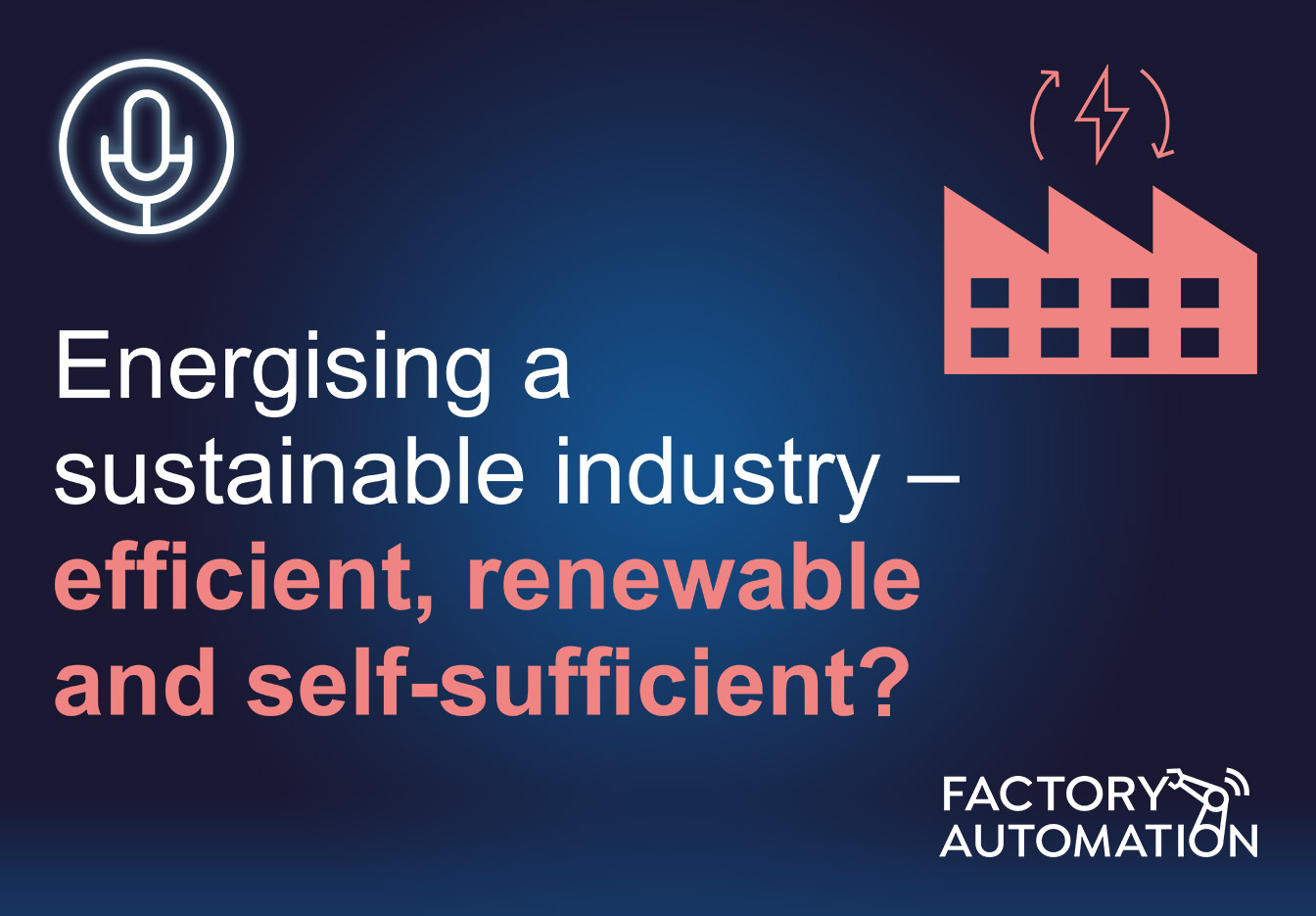Electrical energy storage systems claim to have the edge, but are they actually addressing the “elephant in the room”? Securing stable, cost-efficient energy for the manufacturing industry and flexibilizing power generation will be key for accommodating the rising tide of renewables and ultimately combatting climate change.
How often have you heard that energy storage will be the key technology for enabling the ongoing energy transition? Quite often we suppose. How often have you heard that electrical battery storage systems such as Lithium-ion, Lead acid-, Sodium and Flow batteries will lead this charge? Equally often we presume.
The burgeoning energy storage market no doubt represents a huge opportunity for investors, industry, power sector and the like, but so far, the spread of energy storage technology has primarily been concentrated in communication technologies, mobility and transportation sector. Electrical battery storage systems used to service the power grid, which in fact provides power to electric vehicles, is still relatively minor comparatively (4 GW global installed capacity excluding Pumped hydro in 2018) – but expected to incur strong growth over the coming years (IEA forecast 106 GW installed global capacity by 2030). Still high capital costs constitute a factor hampering widespread dissemination despite significant cost reductions over the last decade. Moreover, their usage is currently limited to short-term storage for the provision of primary and ancillary services for example as frequency regulation and voltage support for the grid. The market value of battery energy storage systems was estimated at just below USD 2 billion in 2018 but is expected to surge at a CAGR of 33,9% reaching a market value of USD 8,54 billion by 2023 p.a.*. Other studies show the market value by 2024 could in fact reach USD 14 billion p.a.**. The cumulative market for batteries in the period 2020-2030 could total as much as EUR 89 billion≠. Sizeable indeed.
So, what is the “elephant” we are referring to? A recent study EnergyNest conducted with Aurora Energy Research resulted in some very interesting findings: the potential for storing high temperature heat in Thermal Batteries represents a cumulative global market opportunity over EUR 300 billion by 2030, more than 3 times the total market for utility scale electrical batteries. More importantly, Thermal Batteries will have a crucial impact on decarbonizing cornerstone industrial sectors such as Chemicals, Petrochemicals, Food & Beverages, Textiles, Metals, Minerals, etc. by means of a) making electrification cheaper by taking advantage of increase low price periods, b) making electrification cleaner by increase the share of renewable power, and c) increasing energy efficiency within existing processes through waste heat recovery. The industrial sector alone accounts for two-thirds of this market opportunity by 2030 – electrification of manufacturing and waste-heat-recovery combined.
Let’s have a closer look at this tremendous industrial lever that can be lifted. The above-mentioned energy-intensive industries require large quantities of high temperature heat in their manufacturing process. Vast quantities of waste heat can rather be recovered, stored and brought back into processes, or used to generate electricity, thereby reducing fossil energy consumption and CO2 footprint. Furthermore, innovation-focused companies are increasingly looking to rely partly or entirely on renewable-based energy for powering their manufacturing activities and reducing the cost impact of carbon. But the increased proliferation of renewables, along with their inherent intermittency, will equally result in increased price volatility in power markets. EnergyNest provides eco-conscious companies for example in the Food & Beverages industry, the tech-means to convert low-priced renewable electricity into process steam that is stored and dispatched when required, or when electricity prices are high. Steam from fossil sources is likely to get increasingly expensive due to rising carbon and gas prices. Germany, for instance, is a heavily industrialized country with the second highest electricity prices for end-consumer world-wide. Consequently, enabling companies to benefit from falling cost of power from renewables and insulating companies from increasing price volatilities to trigger industrial scale transition toward green energy will become an industry trend where significant value can be achieved. And on another, yet directly connected note: you must admit, “green beer” does sound a lot better, doesn’t it?
And let’s not forget thermal power: Power generation across the globe is still predominantly thermal. The ability to flexibly follow real-time load demands and avoid costly ramping in volatile generation scenarios doesn’t just save money or allow plants to provide additional services to the power grid, but also reduces their impact on the environment. This is not an argument to keep coal alive. Quite the opposite, it is an opportunity for low-carbon sources like Natural gas, Biomass and Energy from Waste plants to provide the much-needed balancing of renewables while coal is being phased out. This constitutes another EUR 100 bn. opportunity in addition to industry for Thermal Batteries.
Ultimately, the potential thermal storage market is forecasted to be a significantly larger than the much “hyped” electrical batteries by 2030, yet paradoxically thermal storage solutions seem largely to have been overlooked until now. Moreover, with a levelized cost of storage down to 1,5 €¢/kWh for Thermal Batteries at present, constituting a 10-fold cost reduction compared to state-of-the-art electrical battery systems on the market° – our common approach needs rethinking. Clearly, electrical batteries play an important role, but if deep and systematic decarbonization of our energy and manufacturing systems are to become a reality, and the environmental targets we have set achievable – we need to start applying the solutions that will in fact make the biggest impact.
Sources:
* https://www.marketsandmarkets.com/PressReleases/battery-energy-storage-system.asp
** Wood Mackenzie Power & Renewable’s report. “Global Energy Storage Outlook 2019: 2018 Year in Review and Outlook to 2024”.
≠ Aurora Energy Research 2019
° Lazard LCOS V4.0: Unsubsidized LCOS $/MWh In-front-of-the-meter, Wholesale



